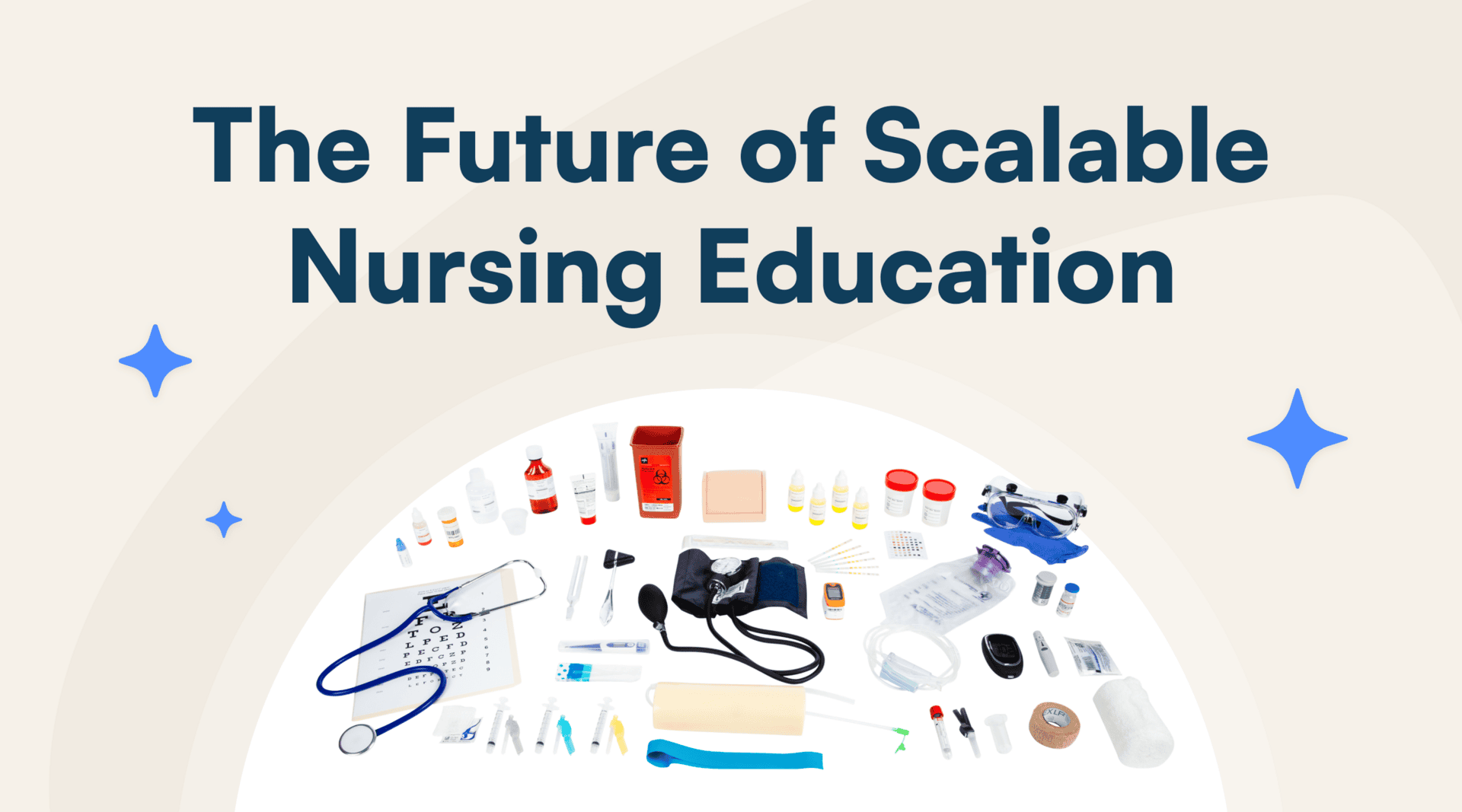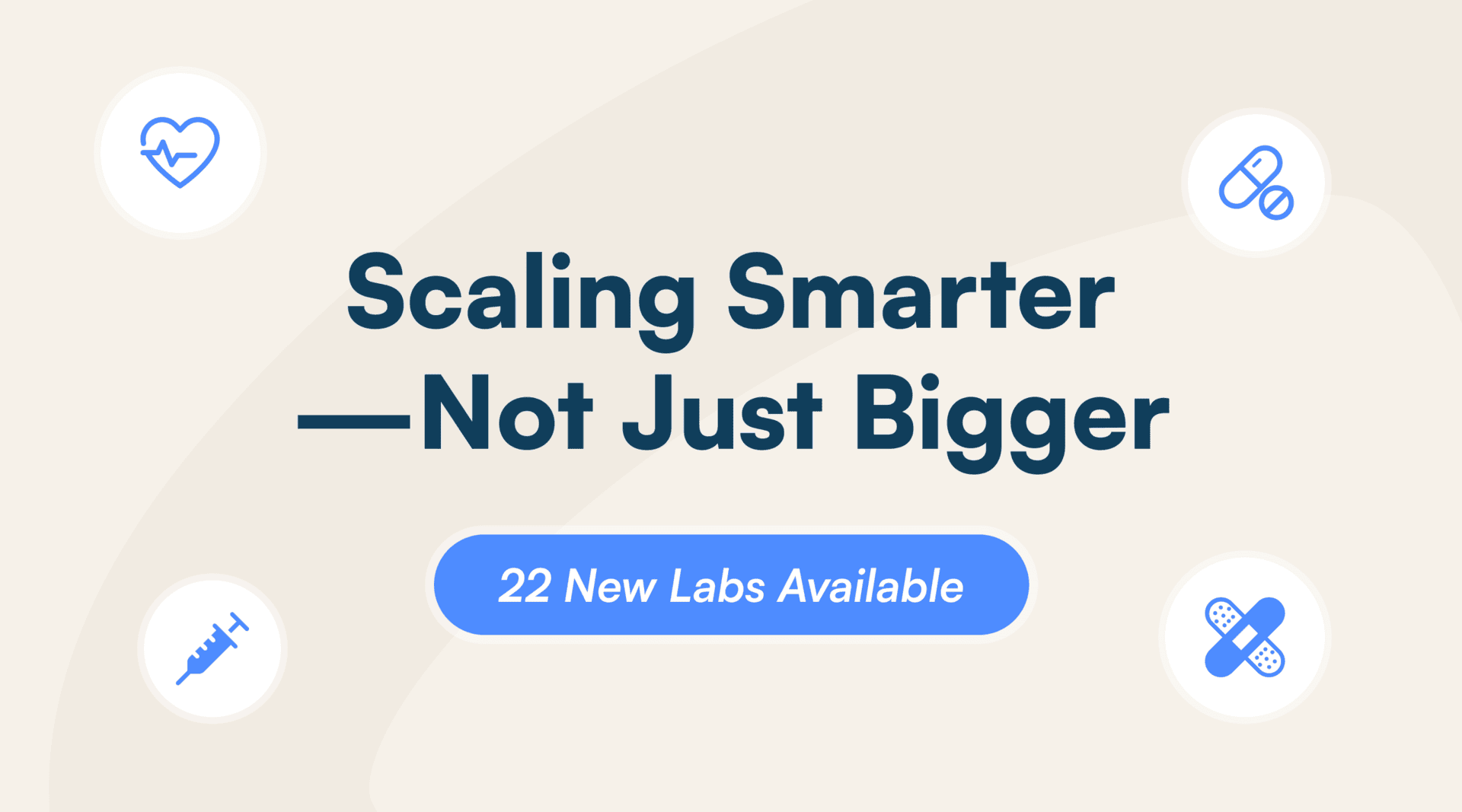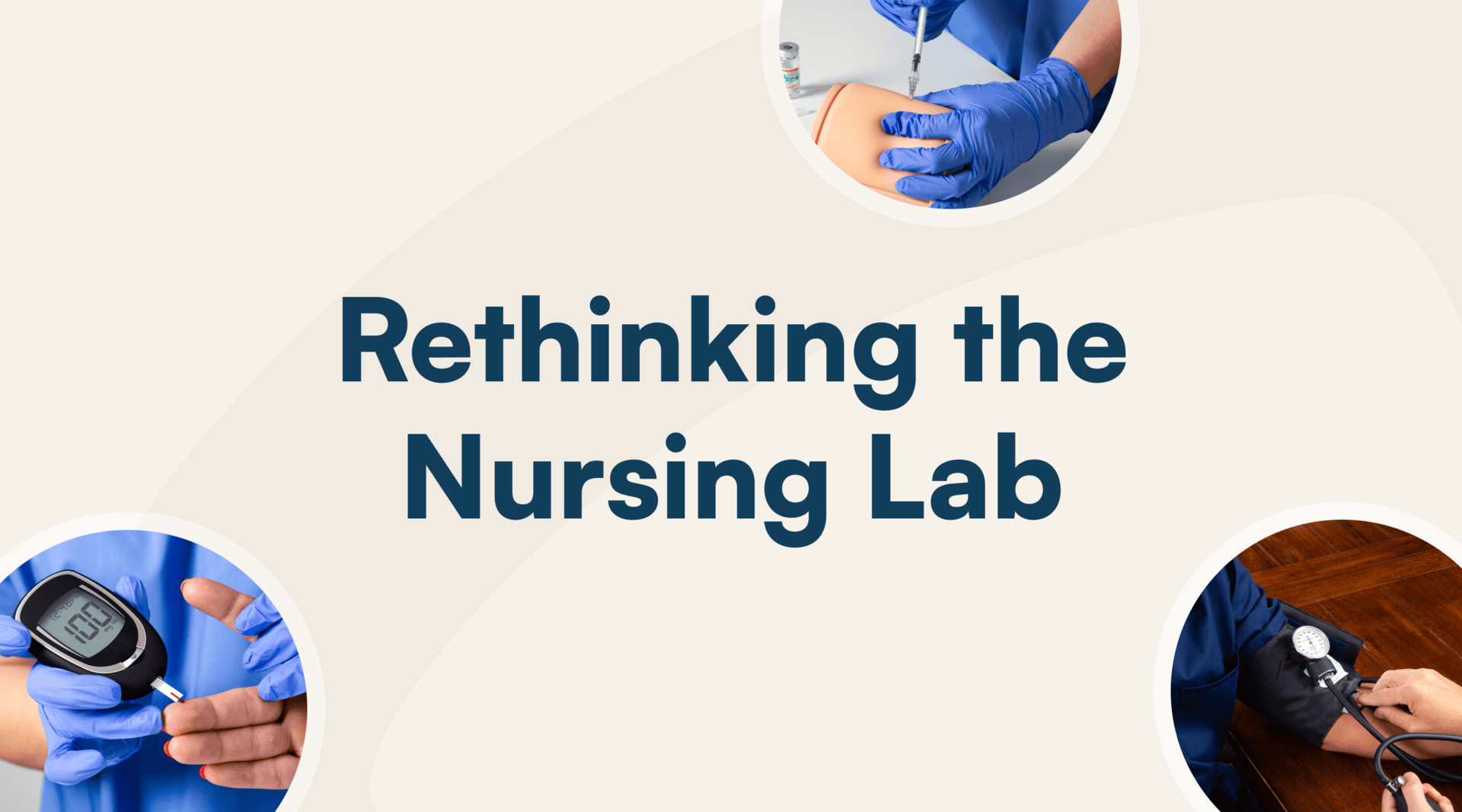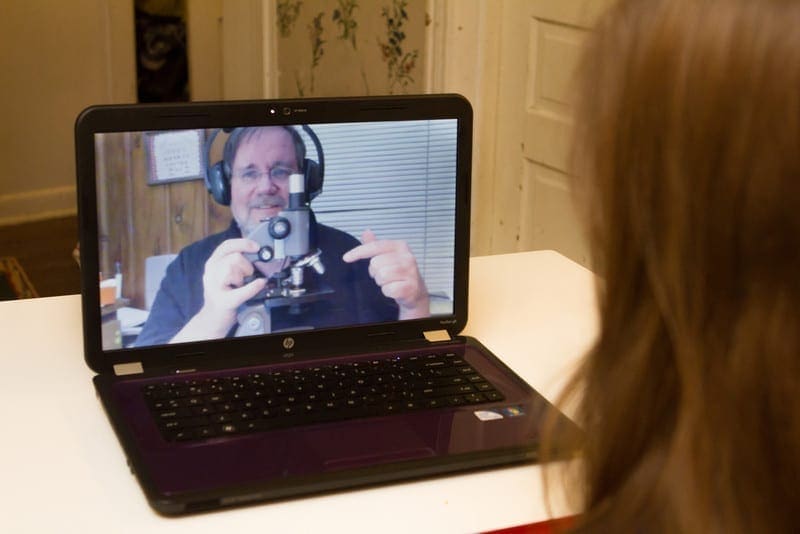From Lessons Learned from the Sloan C/OLC Online Science Mastery Series, presented at the 21st Online Learning Consortium International Conference in Orlando Florida on October 15, 2015:
1. Create a Community Within Your Course
One of the most important things you can do is build a strong online community within your course. My first assignment is to start out with a simple icebreaker, sharing something personal about my own life. Students are then asked to share something about themselves and provide a photo, if possible, illustrating their family, pets, vacations or just fun stuff they’re involved in. Students may hail from all across the United States and even from other parts of the world, and establishing collegiality and creating a community from the start is critical to the success of the course. I find that weekly discussions are a key ingredient in fostering communication and promote the learning process through the entire course.
2. Go after the Lurkers and Engage Them
Within 48 hours I make sure that the students have at least tried to access the course. Many times a simple technical glitch has prevented them from getting started. This can lead students to feel discouraged. I will try emailing them and even calling them up on the telephone to ask them if they need any help getting started. Likewise, if I see students not participating in the discussions right away, I will engage them and encourage them to participate. In many courses, I actually give extra credit to students who participate early in the weekly discussions.
I use SoftChalk to build in interactivity to my courses. Each page of content engages the students with lessons that included pop-up text annotations, self-assessment quizzes, and interactive learning games with fun tools such as crossword puzzles, and drag and drop. Both the faculty and students loved these features which made instruction much more interesting.
3. Share the Latest News about Your Scientific Discipline in the Discussions
Many of my assignments are tied directly to a content area in the textbook. However, I deliberately try to include the latest news items for the weekly discussions. One of the courses I teach online is microbiology. There are always newsworthy outbreaks occurring all over the world and I deliberately try to use them to pique student interest. For example, Brazil is experiencing an outbreak of the Zika virus, which is spreading rapidly through Latin America and has been linked to birth defects. Pregnant women have been warned to avoid travel to affected areas. Should the summer Olympics in Rio be called off?
4. Provide a Hands-on Wet Lab Experience
When I was the Dean of Science, Engineering, Health Sciences and Human Performance at Ocean County College, we were one of the first community colleges on the East Coast to offer totally online science courses with laboratories. We grew our offerings to 14 different online science courses with laboratories. Transferability was a huge issue for us because many of our students would get their associate’s degree with us and transfer to a 4-year college or university to complete their upper division courses and bachelor’s degree. The issue came up whether to offer a hands-on lab experience or a virtual lab experience. I called a total of 78 college and university deans of science that our students would typically transfer to. A total of 91% would accept Hands on labs in transfer, but only 21% would accept virtual labs in transfer. Only 6% said that they would not accept online labs of any kind in transfer. If any of our students had problems in transferring, I would contact the appropriate science dean and share our syllabus and lab manual with them. The kits from Hands-On Labs solved our problem with transferability.
5. Using the Ready-to-go Wet Lab Materials: The Magic Piece to the Puzzle
I found that Hands-On Labs’ kits became a very quick and cost effective way to teach the lab component for the online science courses such as anatomy & physiology, biology, chemistry, earth science, environmental science, forensic science, geology, microbiology, and physics. They can easily be shipped, even to many overseas locations. I have often had students deployed in the military who have been able to use the lab kits and microscopes on the other side of the world. I use Skype to demonstrate the use of an oil immersion lens, for example. The kits would include safety training and brief videos showing the student how to safely conduct their lab experiments including clean up and material safety data sheets. The kits are designed to use micro amounts of chemicals and safe microbes, such as baker’s yeast. Once students get the hang of it, they love it!
6. Have Student’s Take Photos while Performing the Labs
I have my students supplement their lab reports by taking pictures to document their results. It is so easy to take a picture right through the microscope using a smart phone or close up shots of test tubes or bacterial plates. This helps prevent cheating and also provides a way for instructors to make suggestions to the students if they get stuck on a particular aspect of an experiment. Some students prepare short videos, which are also very helpful. I ask permission to use particularly good ones with the rest of the class.
7. Going Above and Beyond with the Wet Labs Directed Online: Employing the 5E Instructional Model
NASA and others use the 5E Instructional Model that includes the five stages of a sequence for teaching and learning: Engage, Explore, Explain, Extend, and Evaluate.
This model can be employed in teaching and learning in online science laboratories to foster Faculty-Student Engagement. It begins by piquing the student’s interest and getting them personally involved in the lesson. Next, in the exploration stage the students have the opportunity to become directly involved with scientific phenomena and materials. Then, learners begin to communicate and explain what they have learned followed by expanding or extending the concepts they have learned. Finally, both students and teachers evaluate and assess the learning via project and problem-based learning products, models, performance tasks, journals and/or lab reports. The new LabBridge by Hands-On Labs takes students well beyond the cook book approach and focuses on the 5Es instructional model to enhance learning using these new wet lab experiences. Students experience a high-quality wet lab experience that is fun and enjoyable.
8. Encourage Students to use a Virtual Lab Partner
I found that having students pick a lab partner within the course whom they can bounce ideas and experiences off of is a great help. Students have to work alone and submit their own data but I encourage this cooperative learning where they can help each other if they get stuck. This further builds community within the course and helps students feel that they have a friend they can call, text or email. Their partner may be 1000 miles away, but the virtual environment bridges the geographic distance.
9. Add Instructional Resources and Videos
There are a host of excellent videos and instructional resources available on the Internet. In addition, I often make a series of short videos for the lab that focus on one aspect of the lab experiment, such as doing a Gram stain or streaking a culture plate in microbiology. I try to make them 30 to 60 seconds long, so they are like a commercial. I break down longer videos into bite-sized pieces. Youtube and Khan Academy are favorites of mine for great instructional resources.
10. Enriching Activities or a Capstone Experience
I like to add an enriching activity or assign students a mini capstone experience at the end of each course. This provides an opportunity for the student to integrate the skills, methodology, and knowledge learned, and demonstrate it in a project that final or the Evaluate part of 5E Instructional Model. The capstone experience ties the course together for the student and provides an opportunity to apply the course-learned knowledge to the real world practice. A capstone field trip experience is another worthwhile contribution to learning and understanding. For Anatomy and Physiology students might visit a veterinarian, funeral undertaker or even witness an autopsy. For biology I encourage students to complete a field trip offered by a local park ranger to observe an area’s representative animal, plant life or microbes and relate it to the ecosystem in which it was found. The field trip exercise has received incredibly positive feedback from students. For example, students choose a capstone experience in collecting pond or marsh water. They used a pocket microscope where they observed microscopic pond life swimming about the slide. For a microbiology capstone, students may shadow a microbiologist in a hospital, public health or research laboratory to observe his or her daily routine.
Dr. James Brown is a pioneer in online course development in science. He has been dubbed the Godfather of Online Science and recently has been designated One of the Top 40 Innovators in Education by the Center for Digital Education. He received his M.S. and Ph.D. in microbiology from the Waksman Institute of Microbiology at Rutgers University and an additional M.S. in Health Sciences from New Jersey City University. His is a former director of microbiology for Roche and an Assistant Commissioner of Health for New Jersey overseeing the Division of Public Health and Environmental Laboratories. He is a former dean of Science, Engineering, Health Sciences and Human Performance for Ocean County College that became an East-coast powerhouse for online science course development with over 14 unique online science courses.
He is president of James W. Brown Associates LLC which develops online science courses for colleges and universities with a special focus on the pre-nursing science courses of Anatomy and Physiology, Microbiology and Chemistry which are all designed using Hands-On Labs LabPaqs and LabBridge as the foundation for the laboratory experience. He developed the Online Science Laboratory Series for the Sloan Consortium (now named the Online Learning Consortium) in the Spring of 2014 which helps train science faculty and instructional designers in how to develop online courses in science. Dr. Brown teaches science totally online at California State University at San Marcos, Colorado Christian University, American Public University, Unitek College, City University of New York and Gwynedd Mercy University.
Discover more articles

Science Interactive Launches New Nursing Fundamentals

What Clinical-Ready Actually Looks Like (And How to Get There Sooner)


